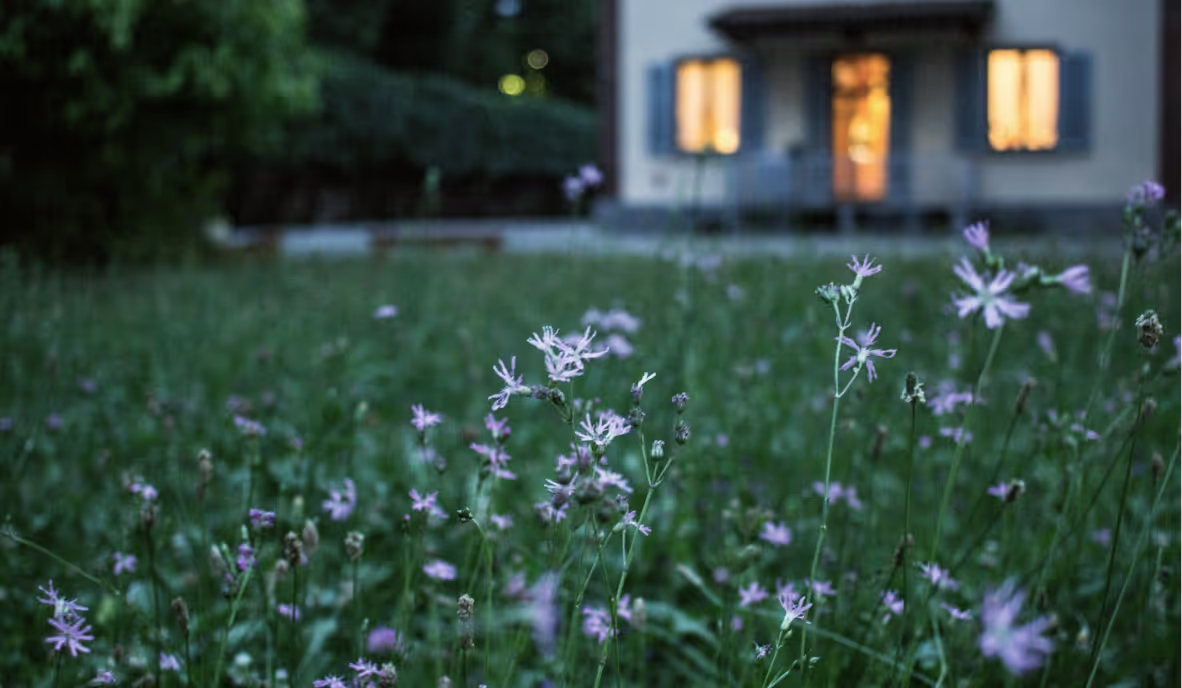How to Get Rid of Your Grass Lawn

Join the community





Homeowners are reimagining the traditional American lawn. Instead of neatly manicured grass, many are cultivating diverse, wild lawns that require less maintenance and are more sustainable. These lawns, filled with an array of plants including native species, mimic natural ecosystems by supporting a variety of plants, insects, and wildlife.
Before creating such a lawn, you'll need to remove the existing one. Here are three methods for lawn removal:
Physical removal
The quickest way to terminate your turf is with physical removal. You can grab a tiller or sod cutter and start digging. If you buy a tiller, it'll make your job easier, but make sure it's a heavy-duty, rear-tine model. For a bigger lawn, you might want to rent a sod cutter. This nifty tool slices right under the turf and strips it up. A good old shovel will do the trick for a smaller lawn. Regardless of whether you're using a machine or not, remember, digging up a lawn is tough. You might end up exposing buried weed seeds or removing too much topsoil.
Solarization
Solarization is an effective method of killing grass using the sun's heat. It involves laying clear plastic tarps over the lawn, which amplifies the temperature, eliminating everything from grass to weed seeds. This process is most effective during the summer and takes about six to eight weeks. You can remove the dead grass or leave it to decompose and serve as compost. Bear in mind that solarization can also destroy beneficial soil organisms, making soil health reactivation necessary before planting. Also, a lawn covered with plastic may not be aesthetically pleasing and this method is weather-dependent. Despite being less laborious than physical removal, solarization does require effort and resources, including buying and disposing of plastic sheeting.
Sheet mulching
Sheet mulching, also known as lasagna layering, uses compost and cardboard (or newspaper and mulch) layered over a lawn to kill grass and enrich the soil for future plantings. This process can take up to six months, particularly in dry climates. Source mulch from a reputable supplier to avoid introducing harmful pathogens or pests. The process can start any time of the year, but natural moisture can accelerate it. You should overlap the cardboard by at least 18 inches at the edges and cover it with a thick layer of natural mulch to prevent sunlight from reaching the grass. Correct coverage is crucial to prevent grass regrowth and the need for rework.
Regardless of the method you choose, it's crucial to devise a plan before you start. If the entire task appears too daunting, consider dividing your lawn into smaller sections and addressing each one individually. This would allow you to learn and improvise as you go.









.png)


